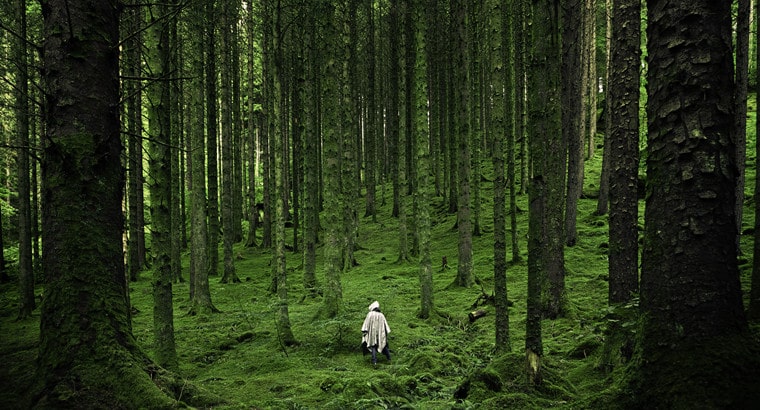It is very important for every photographer to get excellent clarity of the picture, both when shooting and during post-processing. By upscaling the image, you can increase the detail of the picture and the overall quality of the experience. In addition, you can make several photos from just one frame.
For upscaling quality, it’s important to find a balance between the main features of the picture and the new details. Let’s say right away that AI Upscaling Extension will greatly simplify this process for the Luminar Neo photo editor, so be sure to try this effective tool. We recommend it because it’s simple, easy to use, and comes with a wide range of features.
Today we’ll explain in detail what image upscaling is and why it’s so important. Professionals, amateurs, and even beginners in photography will find helpful information here.
What Is Image Upscaling?
Upscaling consists of changing the vertical and horizontal dimensions of the image. In this case, we are talking about enlarging the picture. It can be proportional, in which case the ratio between the height and width of the drawing does not change, but the total size does, and non-proportional, in which case both dimensions change differently.
Depending on whether you are using bitmap or vector graphics, this may affect the quality of the picture:
• Vector graphics are images formed by a set of points joined by mathematical relationships. Each object is a rendering of a mathematical function. A vector image has an advantage over a raster image in quality: at any magnification, it retains perfect clarity.
• A bitmap is a graphical image consisting of an array of a grid of pixels, or dots of different colors, which have the same size and shape. The computer processes the bitmap graphics by arranging the pixels in the right order and coloring each one with the desired color. The result is a visible image. If you zoom in on a bitmap, the pixels are visible.
Upscaling vector drawings is simple and without loss of quality. Since vector graphics objects are created according to their descriptions, it is sufficient to change the scale of a vector by changing its description. For example, to double the size of a vector object, double the value describing its size.
Scaling of bitmap images is a much more complicated process than vector graphics and is often accompanied by a loss of quality. When resizing a raster image, one of the following actions is performed resizing all pixels simultaneously or adding or subtracting pixels from the picture to reflect the changes in it (called pixel sampling in the image).
The simplest way to change the scale of a bitmap drawing is to resize all of its pixels. Since the pixels in the picture itself have no size and acquire when they are output to an external device, resizing pixels in the image is very much like rescaling vector objects.
Problems With Bitmap Image Upscaling
If scaling simply duplicates or deletes the required number of pixels, the quality of the image may deteriorate. For example, when you increase the size of a picture, its graininess increases.
It is also possible to create pixels of a different color, determined by the colors of the original pixel and its surroundings, using certain calculations. This method is called interpolation and is more complex than simple duplication.
In interpolation, in addition to the duplicated pixels, neighboring pixels are also selected, by which the newly created pixels get an average color or shade of gray from the existing ones. As a result, the transitions between pixels become smoother, allowing you to remove or reduce the effect of a pixelated image.
When you upscale a bitmap graphic, new dots are added to the image, causing the image to become blurry. You can think of it this way: as you zoom in, pixels move away from each other. The space between the original points has to be filled with something. So the software graphics editor has to add extraneous pixels that are as color-matched as possible. However, since the new pixels are artificially created, the image becomes fuzzy.
Why Is Image Upscale Important?
Upscaling adds extra pixels to the image, which are used to provide fine detail to the picture. It also improves photo quality by increasing the resolution. It increases the number of pixels in the image, which are the tiny squares that together make up the image.
Pictures with improved resolution mean better clarity and high-resolution photos that help users see every little detail in the photo. So, upscaling can also help bring out details that may not have been visible before. This can be useful for grainy, low-quality photos. This way, the enlarged photo will not look pixelated and will allow the viewer to see many details of the composition.
If you need to scale the photo to X6, use the AI Upscale Luminar Neo tool. It naturally helps to increase the resolution of even a raw file, thereby perfectly preparing your frames for printing. It is also ideal for wildlife photographers because you can easily zoom in on an object that is far away without losing picture quality. Be sure to try this Extension as part of the modern Luminar Neo photo editor and experience all its benefits.










